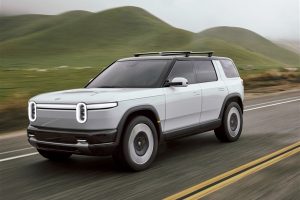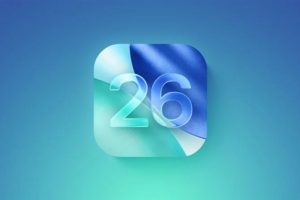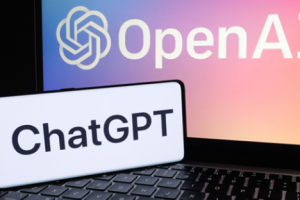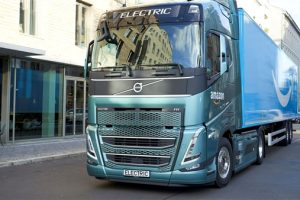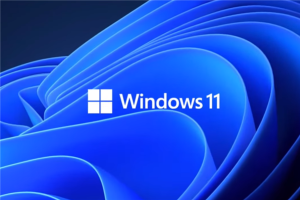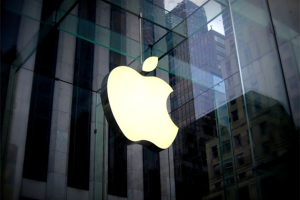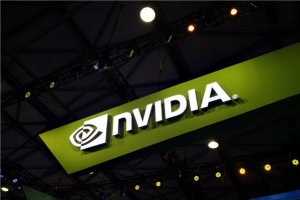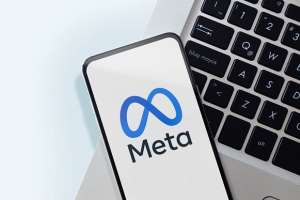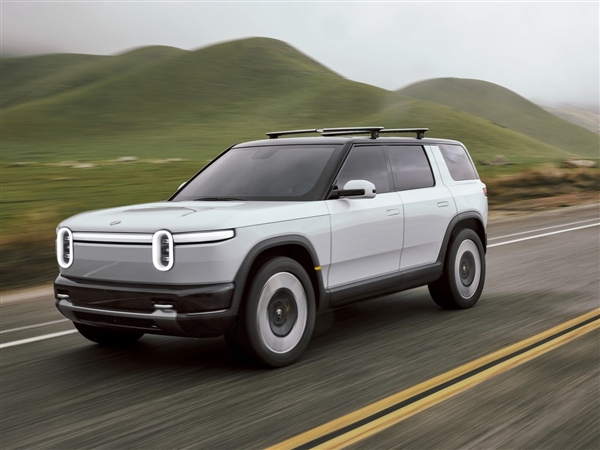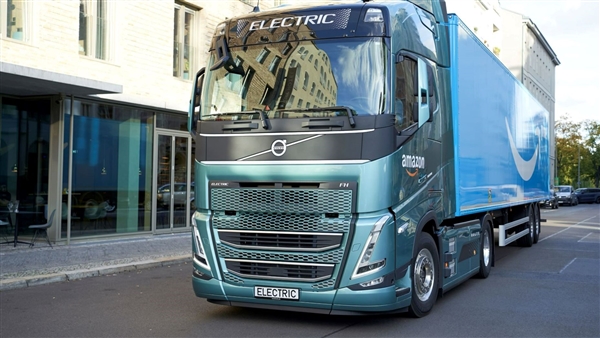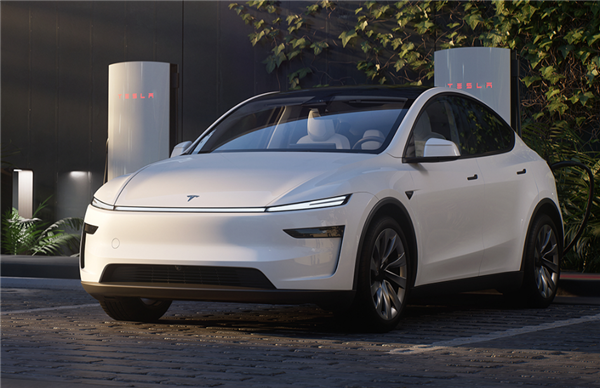May 11, 2023 – A major breakthrough has been achieved as Tesla rolls out the highly anticipated FSD Beta V11.4.1 update to its North American users. This version marks a significant architectural improvement, with Elon Musk hinting that it could potentially serve as the release for FSD V12.0, although the true V12 version number is reserved for the fully end-to-end AI edition.
In this latest iteration, Tesla’s FSD Beta V11.4.1 introduces a host of enhancements that revolutionize the driving experience. By refining the geometry, curvature, positioning, type, and topology of lanes, routes, road edges, and confined spaces, the control capabilities and overall stability during turns have been greatly improved. The perception of lanes in city streets has seen a remarkable 36% enhancement, with intersections witnessing a 44% improvement, merging scenarios boosted by 27%, and turning situations enhanced by 16%.

Notable advancements in this update include the incorporation of lane guidance inputs into the occupancy network, which enhances the detection of long-distance road features and reduces the median false-positive rate by 16%.
Moreover, the decision-making capabilities regarding pedestrian crossings and zebra crossings have been significantly strengthened. The system now exercises caution, only passing when it can do so safely and efficiently, resulting in improved driving efficiency and safety.
The accuracy of motorcycle recognition has been augmented by 8%, and vehicle detection precision has been increased to reduce false alarms. Additionally, the new model showcases enhanced robustness against variations in visual frame rates.
Thanks to the new framework, interventions caused by other vehicles merging into the autonomous vehicle’s lane have been reduced by an impressive 43%. By probabilistically predicting potential lane cut-ins and proactively employing measures such as offsetting and adjusting speeds, the framework optimizes the positional relationship of the self-driving vehicle to achieve this objective.
The control capabilities for lane changes have been refined, resulting in a remarkable 40-50% reduction in lane speed errors between adjacent vehicles.
By utilizing additional features derived from lane change trajectories, supervised functionality has been improved, leading to a 20% increase in recognition rates for objects partially occupying lanes, a 40% improvement in recognizing high-speed cut-ins, and a 26% improvement in recognizing cut-outs.
Over 68,000 videos have been added to the training dataset, incorporating enhanced automatic annotation of real-world data. This further minimizes instances of misjudgment on highways at lower speeds and enhances the accuracy of estimating the velocities of distant objects.
The magnitude of lateral acceleration control has been fine-tuned, resulting in smoother lane offset for larger vehicles and a more stable driving experience overall.

Furthermore, lateral control capabilities have been enhanced to better handle upcoming high-curvature merge lanes, with a tendency to favor staying away from merging lanes.
Elon Musk previously highlighted the impressive performance of FSD Beta V11.4 during tests, achieving “zero interventions” (meaning no safety-critical takeovers) over several days on random addresses in Austin.
Currently available in North America, Tesla’s FSD subscription costs $199 per month for AP users and $99 for EAP upgrades.
Tesla will continue to roll out new software updates for the FSD testing program and expand the number of participating test owners. Since the wider release of the beta version last year, it is estimated that over 400,000 Tesla owners in North America now have access to FSD Beta, but it remains unclear when FSD Beta V11.4.1 will be extensively released to the public.

